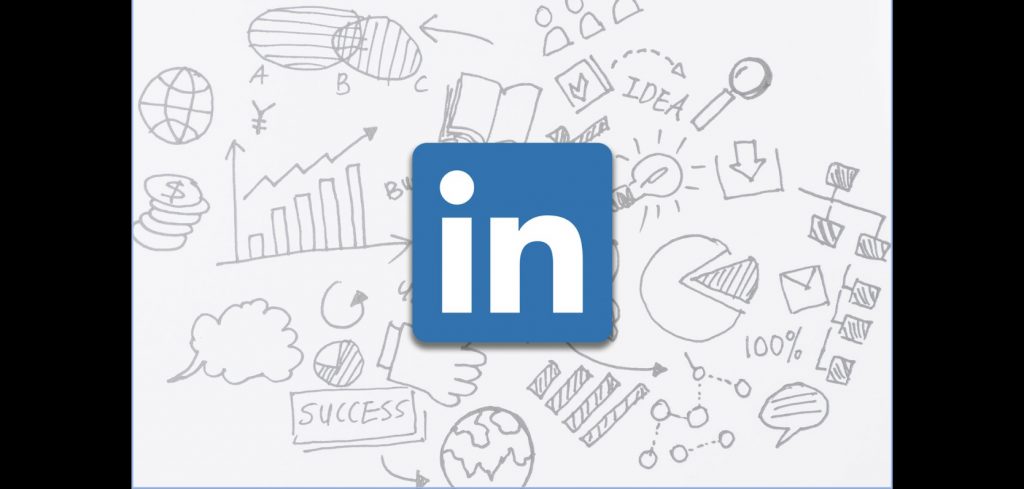What’s the Difference Between Marketing and Outreach?
Marketing is a long process that starts with research and ends with making sales. In between, you need to find prospects, conduct an outreach campaign and persuade your leads to buy from you.
In other words, marketing refers to the entire process of promoting your products and services. Outreach is just part of the process. In this guide, we’ll delve deeper into the differences between these two terms. Let’s dive right in.
What is Marketing?
Marketing refers to any efforts made to make people interested in your product or service. So, you regularly post articles on your blog to tell the world about your business? That’s marketing.
Do you tweet and interact with your twitter followers to encourage them to buy your product? This is also marketing—social media marketing to be precise. You can also conduct marketing through Search Engine Optimization (SEO), videos or audio formats.
To expound more, marketing isn’t just about distributing content to the world. It also involves practices like product design, packaging, pricing, placement, prospecting and selling.
The entire marketing process is often summed up into four P’s:
You need a product to market. It needs to be priced at the right amount for people to buy it. Importantly, the product should be placed or availed in a way people can identify it easily. Finally, you have to promote the product to grow your sales.
What is Outreach?
Outreach is a marketing strategy that involves contacting potential customers so that you can build a relationship or sell your products to them. To conduct an outreach campaign, you can use several channels:
This method requires that you find a list of potential clients and their websites. Next, you contact the leads through their websites’ web contact forms. Why is this technique great? Websites with contact forms want you to contact them.
That said, we live in a digital age. You don’t need to fill in every contact form when you can use an automation tool like Form cloud to send your outreach message to hundreds of websites automatically.
Email cold pitching involves sending your outreach messages to prospects via email. You look for prospects on social media, LinkedIn or Google. Next, you find their email addresses and pitch your business ideas.
Truth be told, cold pitching has a low success rate. People don’t trust emails about business from strangers easily. However, they can welcome your ideas if you build a relationship with them.
For example, you can email a prospect a message to appreciate their tweets or blog. Within your email, you can then introduce yourself and what you do. If you’re lucky and the prospect responds, the next step is to propose a business deal.
Advertising is another form client outreach. When you pay for an advert on Google, your goal is to make it visible to your prospects. If they love your advert and product, then they can buy from you.
Key Benefits of Marketing
Why do businesses spend so much money and time on digital marketing? Below are some key benefits:
Increasing Sales
A business can’t exist without sales. You need customers to buy your product or pay for your service to survive. The problem: people won’t come flocking to your business without a reason.
This is where marketing comes in. Marketing involves giving people reasons to buy from you. You may have a unique product that solves people’s problems. But you need to tell the world about it through advertising or emails.
If you have a great product and promote it to the right audience, marketing can help you grow your sales. Of course, the success of your business also depends on the competition you have, and the demand for your product.
Building a Brand
The way you label your products, the prices you set and the audience you target can help build a brand for your business. Maybe you want to set your business as the go to service provider for top-notch office attire.
You may price your clothes higher than other sellers. But if you build your brand properly, people will still come to you.
Building Trust
As mentioned, cold pitching often fails because people don’t trust you. They don’t know you and can’t attest to the quality of your products or services. Advertising, content marketing or influencer marketing can help you forge trust with your customers.
Let’s say you build your website to rank at the top page of Google. Not only will be your business visible to a large audience, but people will have trust in you for being a top-ranked site.
On the other hand, influencer marketing works by getting an endorsement by someone who’s already trusted by the market. What’s more, influence marketing gives you a through pass to a large audience even though you’re just a small business.
Learning More about Customers
Customers’ needs and wants change regularly. If you can’t keep up with what your customers want, you will lose them. In light of that information, it is important to engage with your customers regularly to study their behaviors.
You can run a poll to your email list or on social media to find out what your customers want from your business. You could also use the data you have to determine the best-selling and the most underperforming products.
Key Benefits of Outreach
It goes without saying that marketers conduct outreach to contact potential customers. Surprisingly, there are more benefits of reaching out to prospects. Think about market research.
You could contact your leads through email and contact forms for a while to discover which method works better. You could also run a poll on social media to find out trending products.
Besides market research, outreach is good for networking. As a business owner, you need to keep increasing your network. A huge network can help you increase web traffic. It can also help increase sales now that people like to buy from businesses they know and trust.











